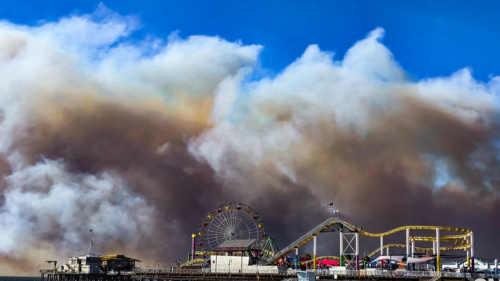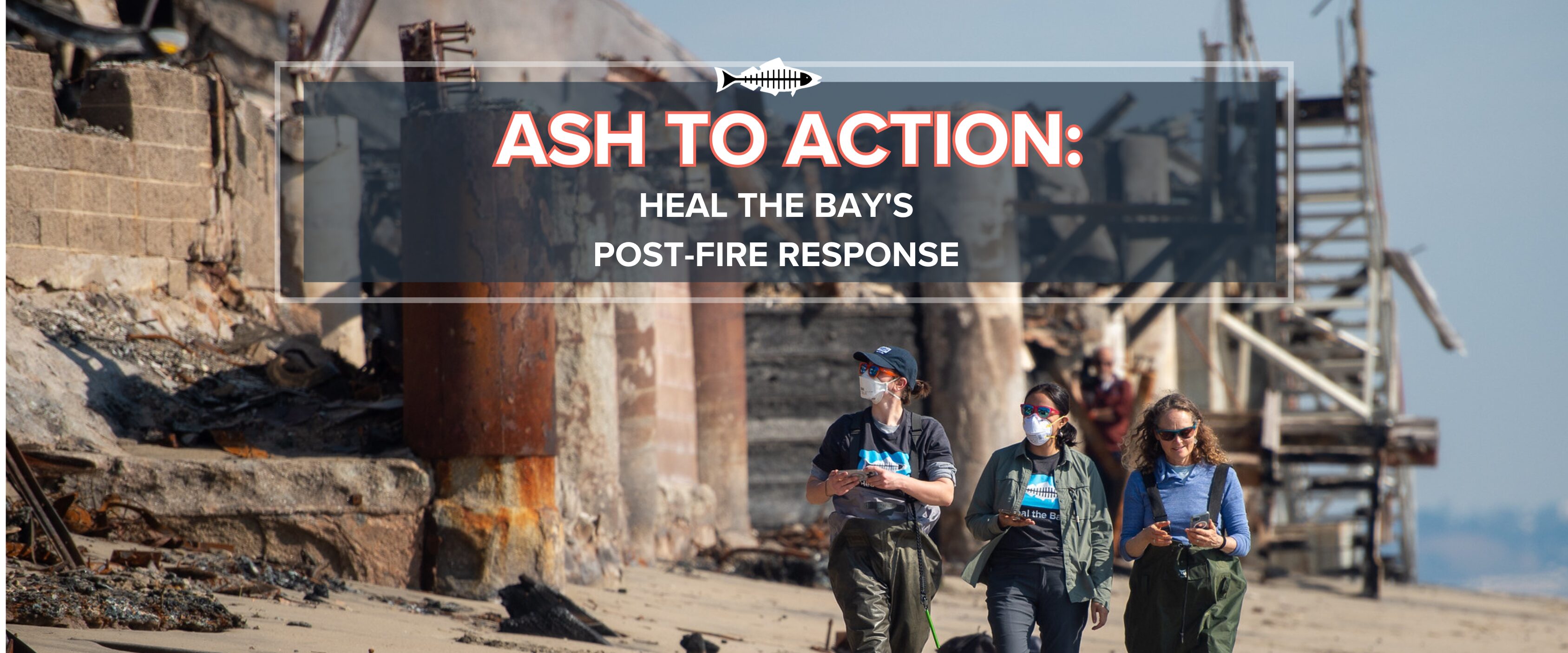
Heal the Bay is fighting for the future of our coastline in the face of unprecedented fires.
In the wake of the devastating 2025 Los Angeles fires, Heal the Bay leaped into action to support our L.A. communities and protect the health of Angelenos and the watershed we all call home.
HEAL THE BAY remains committed to helping the people, ecosystems, and coastal waters impacted by the fires and ensuring we build L.A. back stronger and more resilient.
Quick Start Guide
- Post-Fire Ocean Water Quality Updates
- Sand Quality Data
- EPA & FEMA Phase 1 Hazardous Material Operations Updates
- More Resources & Past Blogs
- Collaborations, Commissions, and Task Force Appointments
- A Trusted News Source: Heal the Bay in the Press
- What's Next?
- #LASTRONG: Stay Safe L.A.
The 2025 megafires were unlike anything we’ve seen before, and their effects on our coastal waters and marine life will be equally unprecedented. Heal the Bay is stepping up to lead efforts to collect important data, ensuring we have the necessary information to protect public health and understand the long-term impacts on local ecosystems. The data we collect now will be used to protect those impacted by the January 2025 fires and the future communities that will also experience megafires because of climate change.
Read our latest Ash to Action blogs, and follow us at @healthebay to get the latest updates and have your questions answered by Heal the Bay Scientists.
Post-Fire Ocean Water Quality Updates
In the early days of the Palisades Fire, Heal the Bay was granted access to burn sites along LA’s coast, where our scientists collected samples to assess water quality and beach safety. We’re working closely with partners to process these samples and provide our community with the latest information.
 UPDATE: JUNE 17, 2025
UPDATE: JUNE 17, 2025
Read our latest analysis of water quality data from the Los Angeles Regional Water Quality Control Board to determine any potential impact on human health.
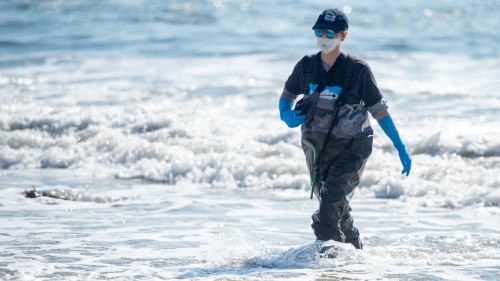
According to water-quality testing results released today by Heal the Bay, local marine life faces significant and ongoing threats from heavy metals that leached into Santa Monica Bay after January’s Palisades wildfires.
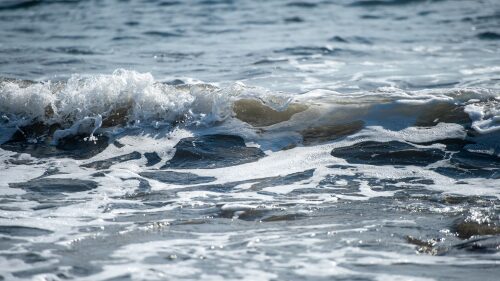
The Los Angeles Regional Water Quality Control Board has released its 2025 Post-Fire Water Quality Monitoring results.
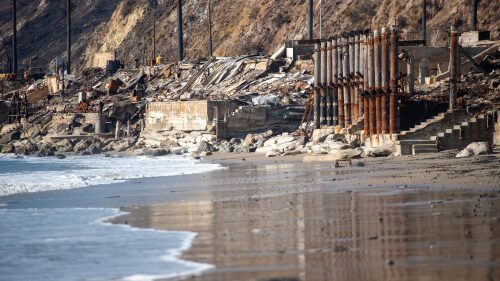
We reviewed results from the LA County Department of Public Health (DPH), which took samples on January 22, 2025, and January 27, 2025, at beaches from Las Flores State Beach to Dockweiler State Beach.
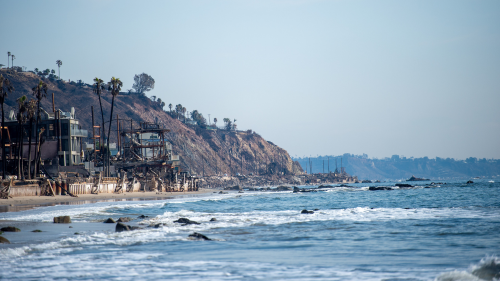
Heal the Bay asks for increased transparency from the LA County Department of Public Health in decision-making regarding beach advisories going forward.

We expect results this week from Heal the Bay’s first round of expanded ocean-water quality testing. The full timeline detailing our recent water quality assessment is already live. Learn more about our activities in the coastal regions affected by the Palisades fire.
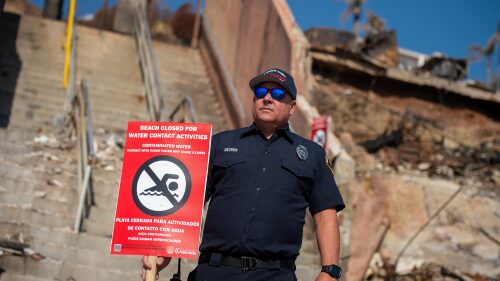
Our fire response has just begun. Over the past six days, the Heal the Bay Science and Policy Team has been testing water in and out of the burn zones along Santa Monica Bay impacted by the Palisades Fire.
Check back soon for more updates, or subscribe to our Blue Newsletter to get new Heal the Bay articles delivered directly to your email inbox once a month.
As more information becomes available, Heal the Bay reminds beachgoers to take these precautions:
- Heal the Bay is still urging beachgoers to exercise caution when visiting the coastline of Santa Monica Bay. Avoid beach and ocean water use from Las Flores to Santa Monica State Beach at Montana Avenue. Exercise caution when visiting beaches south of Santa Monica State Beach, extending at least to Dockweiler State Beach, and refrain from full-body immersion in ocean waters to prevent accidental ingestion of contaminated water until we know more about current water conditions.
- Don’t touch trash or debris with your bare hands.
- Keep children and pets away from debris, especially within the high tide area where debris may have additional contaminants.
- Wear close-toed shoes, especially in the wet sand, as sharp debris such as nails and glass has been observed near the water.
- Refrain from digging in the sand until we have data on sand quality.
EPA & FEMA Phase 1 Hazardous Material Operations Updates
In January 2025, the US EPA set up the Palisades Fire hazardous material staging area close to Topanga Creek and Topanga Lagoon. Immediately following this news, Heal the Bay expressed significant concerns with the use of this site due to its ecological and cultural significance.
Heal the Bay was then invited by Supervisor Lindsey Horvath to join FEMA and the EPA for a thorough site tour. Following the visit, we presented a set of recommendations aimed at enhancing protective measures to prevent contaminants from escaping the site and causing additional environmental harm.
Shortly thereafter, the EPA announced that it would implement additional Pollution Mitigation Measures at Topanga Creek and continue these best management practices as they expanded operations to the Will Rogers State Beach parking lot. We will continue to hold government agencies and local decision-makers accountable to ensure the protection of the environment, ecosystems, and affected communities.
The Will Rogers Beach parking lot site was closed at the end of February 2025.
It is our understanding that the EPA is continuing to use the Topanga Creek staging area for hazardous waste sorting and staging for materials located during Phase 2 debris removal efforts being led by the U.S. Army Corps of Engineers. Heal the Bay continues to advocate against the use of this site for hazardous materials staging.

UPDATE: FEBRUARY 26, 2025
The first phase of removing wildfire debris is over. What happens to those collection sites. (Daily Breeze)
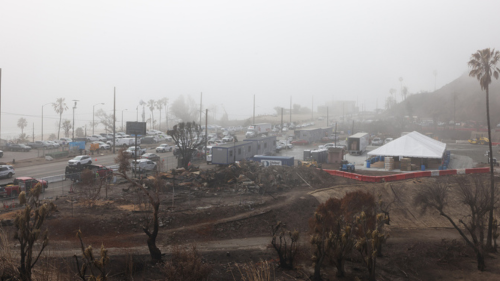 |
UPDATE: FEBRUARY 12, 2025 Heal the Bay toured the EPA hazardous waste sorting and staging sites at Topanga Creek and Will Rogers State Beach with Supervisor Lindsey Horvath, EPA, and FEMA. See what we learned. READ THE UPDATE>> |
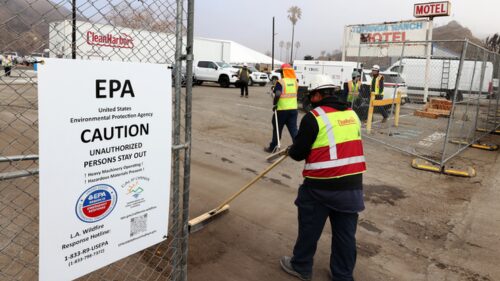 |
UPDATE: JANUARY 31, 2025 Initial takeaways from the EPA hazardous waste site at Topanga Beach and FAQ. SEE THE FAQ>> |
Check back soon for more updates or subscribe to our Blue Newsletter to get new Heal the Bay articles delivered directly to your email inbox once a month.
More Resources & Past Blogs
Dive into more of Heal the Bay’s ongoing efforts to protect our environment in the wake of recent wildfires
April 24, 2025: Domoic Acid Outbreak: What You Need to Know to Stay Safe and Informed
March 13, 2025: Saving Tidewater Gobies: Rescue After Palisades Fire
January 23, 2025: From Wildfires to Erosion: Protecting Los Angeles ecosystems and waterways after the burn.
Share our Impact: Heal the Bay’s Post-Fire Fact Sheet
Collaborations, Commissions, and Task Force Appointments
Meet The Ash to Action Science Team
Water Quality Testing with Surfrider LA and the Proteocean Lab at USC
A Trusted News Source: Heal the Bay in the Press
Transparency is our priority, and we have collaborated with multiple news outlets to share our post-fire work and updates to empower the public. See our full list of press mentions and broadcast features here.
WATCH: In this interview with USA Today, Annelisa Moe, Associate Director of Science, Policy, and Water Quality, discusses some of the long-term risks to coastal ecosystems and water quality.
What’s Next
As we look ahead, there is so much more we want to accomplish, but we need your support to:
- Conduct further testing and underwater observations in the marine environment in partnership with divers and boat explorations in untested areas.
- Double down on our commitment and work to analyze and share data from universities and government agencies to keep our community informed as new information becomes available.
- Make sure our policy experts can continue to be active participants on task forces and commissions focused on recovery and rebuilding efforts, ensuring that these initiatives align with science and sustainability.
- Hold government agencies accountable when it comes to the health and safety of our regional ecosystems, communities, and coastal waters.
- With your support, we will push for policies and actions that truly support the long-term recovery and the preservation of our ocean.
But we can only implement these programs with your help. Join us and protect what you love, today!
#LASTRONG: Stay Safe L.A.
Our mantra has long been to “protect what you love” and we will continue to do that as the situation progresses. Our entire staff is committed to helping support those affected by the 2025 megafires and to rebuild our community.
In the meantime, stay safe L.A.
Please do what you can to help those directly affected by this catastrophe and donate to organizations you trust who continue to do boots-on-the-ground work to support the environments and people who have been impacted by this unprecedented time like @losangelesfiredepartment @cafirefound @calfund.

Heal the Bay is an environmental nonprofit established in 1985 that is dedicated to making the coastal waters and watersheds in Greater Los Angeles safe, healthy, and clean. We use science, education, community action, and advocacy to fulfill our mission. Learn more about what we do.
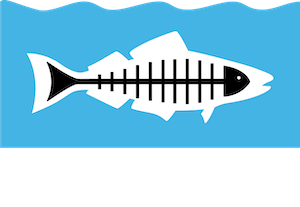
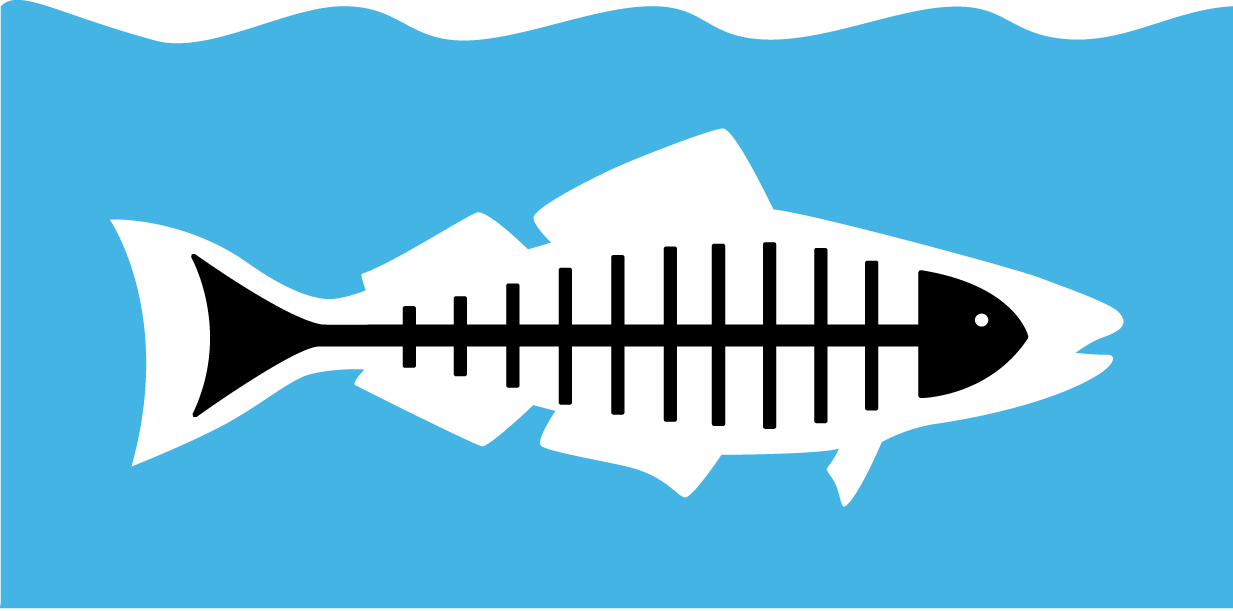





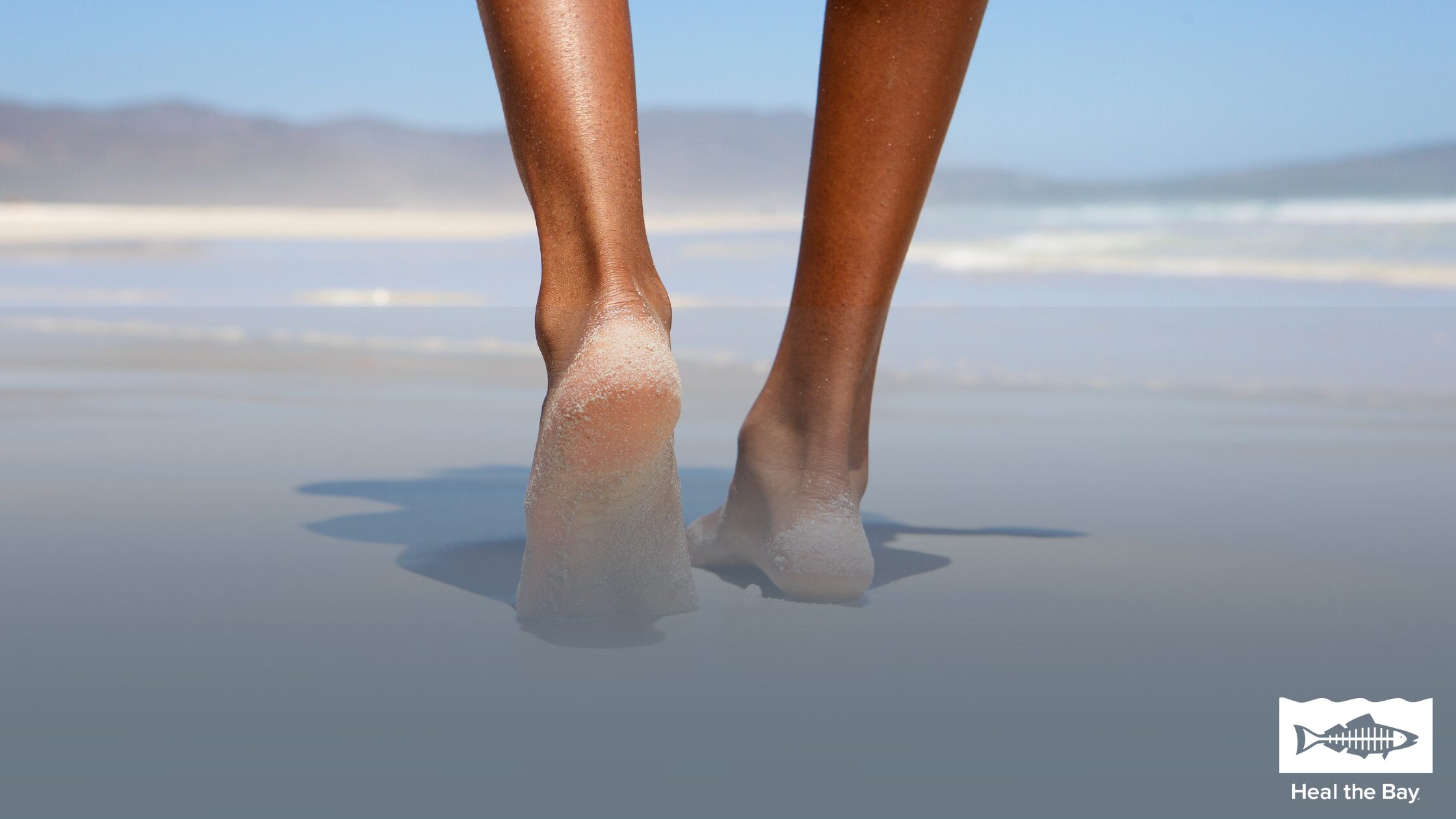 UPDATE: JUNE 17, 2025
UPDATE: JUNE 17, 2025 
